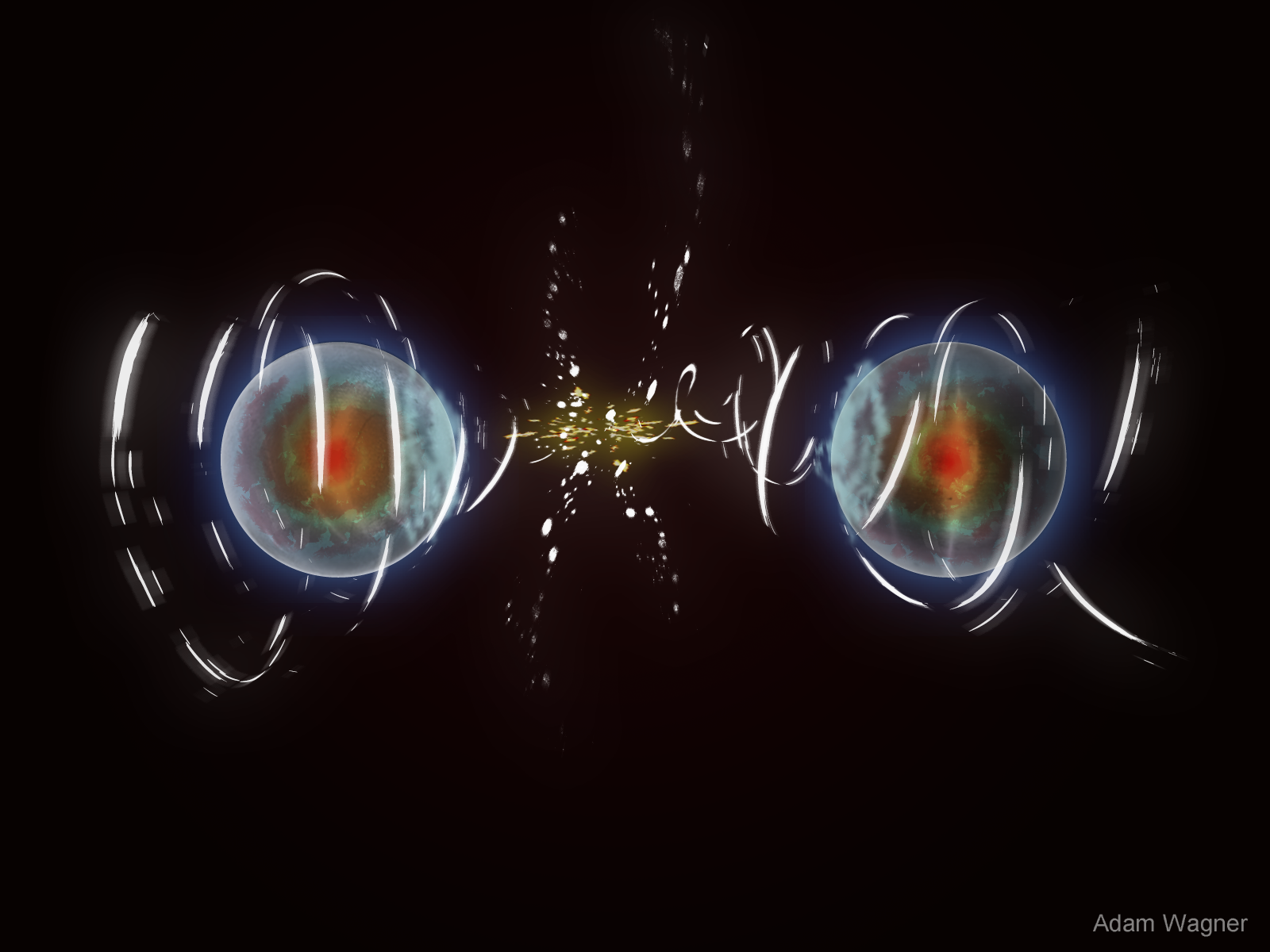NIST’s superfast ions could speed up quantum computers
August 15, 2012
Physicists at the National Institute of Standards and Technology (NIST) can accelerate their beryllium ions from zero to 100 miles per hour and stop them in just a few microseconds. They may be useful in future quantum computers.
The ions (electrically charged atoms) travel 100 times faster than was possible before across a few hundred microns in an ion trap — a single ion can go 370 microns in 8 microseconds, to be exact (about 100 miles per hour.)
Although ions can go much faster in accelerators, the NIST ions demonstrate precision control of fast acceleration and sudden stops in an ion trap. A close analogy is a marble resting at the bottom of a bowl, and the bowl suddenly accelerating (see animation below).
During the transport, the marble will oscillate back and forth relative to the center of the bowl. If the bowl is suddenly stopped at the right time, the marble will come to rest together with the bowl. Furthermore, the NIST researchers assured that their atomic marble’s electron energy levels are not affected, which is important for a quantum computer, where information stored in these energy levels would need to be moved around without compromising the information content.
Faster quantum computers
For a quantum computer to solve important problems that are intractable today, the information carried by many quantum bits, or qubits, needs to be moved around in the processor. With ion qubits, this can be accomplished by physically moving the ions. In the past, moving ions took much longer than the duration of logic operations on the ions. Now these timescales are nearly equivalent. This reduces processing overhead, making it possible to move ions and prepare them for reuse much faster than before.
NIST researchers cooled trapped ions to their lowest quantum energy state of motion and, in separate experiments, transported one and two ions across hundreds of microns in a multi-zone trap. Rapid acceleration excites the ions’ oscillatory motion, which is undesirable, but researchers controlled the deceleration well enough to return the ions to their original quantum state when they came to a stop. A research group from Mainz, Germany, reports similar results.
The secret to the speed and control is custom electronics. NIST researcher Ryan Bowler used fast FPGA (field programmable gate array) technology to program the voltage levels and durations applied to various electrodes in the ion trap. The smooth voltage supply can move the ions very fast while also keeping them from getting too excited.
With advances in precision control, researchers think ions could be transported even more quickly and yet still return to their original quantum states when they stop. Researchers must also continue to work on the many practical challenges, such as suppressing unwanted heating of the ion motion from noisy electric fields in the environment.
The research is supported by the Intelligence Advanced Research Projects Activity, National Security Agency, Office of Naval Research, and Defense Advanced Research Projects Agency.
